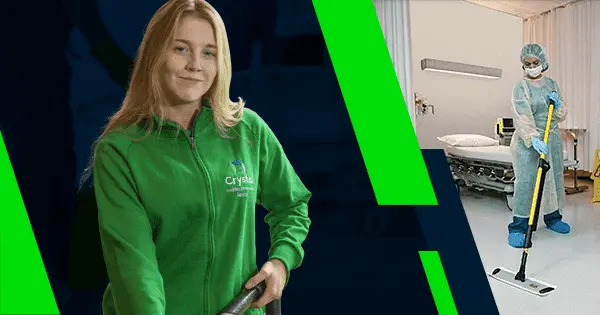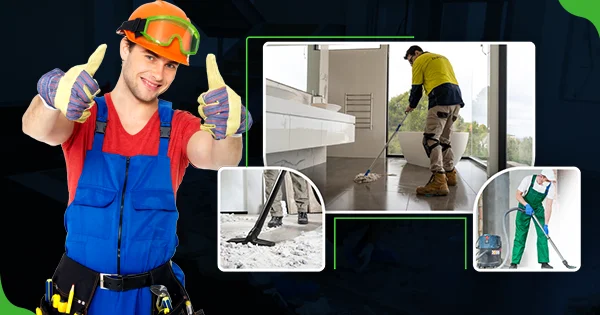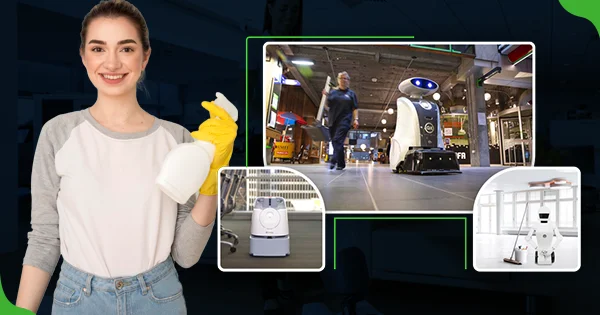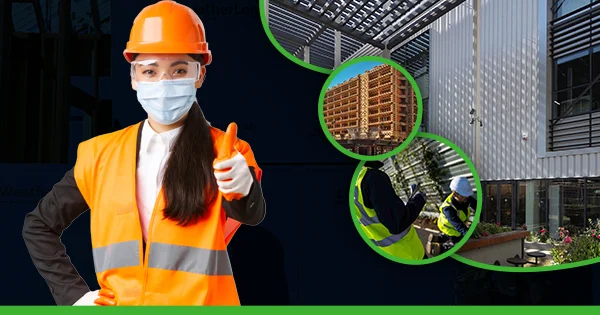Maintaining school restrooms and locker rooms is crucial for creating a safe and healthy learning environment. These facilities are heavily used by students and staff throughout the day, and without regular maintenance, they can quickly become breeding grounds for bacteria, viruses, and other pathogens. Poorly maintained restrooms and locker rooms not only pose health risks but also impact students’ overall well-being and academic performance.
Benefits of Regular Maintenance: Improved Hygiene and Safety
Regular maintenance of school restrooms and locker rooms offers several benefits, including improved hygiene and safety. By keeping these facilities clean and well-maintained, the risk of infections and illnesses can be significantly reduced. Proper cleaning techniques, disinfection of high-touch surfaces, and maintaining cleanliness throughout the day are essential practices to ensure a hygienic environment.
In addition to hygiene, regular maintenance also improves air quality and ventilation in these spaces. Proper ventilation helps remove odours, moisture, and airborne contaminants, creating a more pleasant environment for students and staff. Improved air quality can also reduce the risk of respiratory issues and allergies.
Furthermore, regular maintenance enhances safety for students and staff. Broken tiles and flooring can cause slips and falls, leading to injuries. By promptly repairing any damages or hazards, the risk of accidents can be minimised. Additionally, well-maintained facilities ensure that all plumbing fixtures are in good working condition, reducing the chances of leaks or flooding that could pose safety risks.
Cost Savings for Preventive Maintenance
Implementing regular preventive maintenance measures for school restrooms and locker rooms can result in significant cost savings in the long run. By addressing minor issues before they escalate into major problems, repair costs can be minimised. Regular inspections allow custodians and maintenance staff to identify potential issues early on and take appropriate action.
Moreover, preventive maintenance helps extend the lifespan of equipment and facilities. By regularly cleaning and maintaining plumbing fixtures, flooring, and ventilation systems, their durability can be preserved. This reduces the need for frequent replacements, saving both time and money.
Additionally, regular maintenance reduces downtime and disruptions. When facilities are well-maintained, there is less likelihood of unexpected breakdowns or malfunctions that could disrupt the daily operations of the school. This ensures that students and staff can use these facilities without any interruptions, leading to a more efficient learning environment.
Common Maintenance Issues in School Restrooms and Locker Rooms
School restrooms and locker rooms are prone to various maintenance issues that need to be addressed promptly. Some common problems include clogged toilets and drains, leaking faucets and pipes, broken tiles and flooring, and malfunctioning ventilation systems.
Clogged toilets and drains can cause unpleasant odours and unsanitary conditions. Regular inspection and clearing of clogs is necessary to ensure the proper functioning of these fixtures. Leaking faucets and pipes not only waste water but can also lead to water damage if left unattended. Fixing leaks promptly is essential to prevent further damage.
Broken tiles and flooring pose safety hazards as they can cause slips and falls. Regular inspections should be conducted to identify any cracks or chips in the flooring, which should be repaired immediately. Malfunctioning ventilation systems can result in poor air quality, increased humidity levels, and the growth of mould and mildew. Regular cleaning and maintenance of these systems is necessary to ensure proper airflow and prevent potential health risks.
Cleaning and Disinfecting: Best Practices for School Restrooms and Locker Rooms
Proper cleaning and disinfecting practices are crucial for maintaining a clean and hygienic environment in school restrooms and locker rooms. Choosing the right cleaning products is essential to effectively remove dirt, grime, and bacteria. It is important to select products that are safe for use in educational settings and have been approved by relevant health authorities.
In addition to choosing the right products, proper cleaning techniques should be followed. This includes using appropriate tools and equipment, such as microfiber cloths and mops, to effectively clean surfaces. It is important to pay attention to high-touch surfaces, such as door handles, faucets, and toilet flush handles, as these are more likely to harbour bacteria and viruses.
Disinfecting high-touch surfaces is also crucial in preventing the spread of infections. Using disinfectants that are effective against a wide range of pathogens is recommended. Surfaces should be thoroughly cleaned before applying the disinfectant and left to air dry for the recommended contact time.
Maintaining cleanliness throughout the day is equally important. Regularly checking and restocking supplies, such as soap, paper towels, and toilet paper, ensures that students and staff have access to necessary hygiene products. Custodians should also conduct frequent spot checks to address any immediate cleaning needs.
Plumbing Maintenance: Tips for Keeping Toilets, Showers, and Sinks in Good Condition
Proper plumbing maintenance is essential for keeping toilets, showers, and sinks in good condition. Regular inspections should be conducted to identify any potential issues, such as leaks or clogs. Clearing clogs and blockages promptly prevents further damage to the plumbing system.
Fixing leaks and drips is crucial not only for water conservation but also to prevent water damage. Leaking pipes and faucets can lead to mould growth and structural damage if left unattended. Upgrading outdated fixtures can also help improve water efficiency and reduce the risk of leaks.
Flooring Maintenance: How to Keep Floors Clean and Safe?
Proper flooring maintenance is necessary to keep school restrooms and locker rooms clean and safe. Choosing the right flooring materials is important as they should be durable, slip-resistant, and easy to clean. Regular cleaning and maintenance of floors help remove dirt, stains, and bacteria.
Repairing cracks and chips in the flooring is crucial to prevent slips and falls. These damages should be addressed promptly to ensure the safety of students and staff. Additionally, implementing preventive measures, such as using entrance mats to trap dirt and moisture, can help reduce the amount of debris brought into these spaces.
Preventing slips and falls can also be achieved by maintaining proper drainage systems. Ensuring that drains are clear of debris and functioning properly helps prevent water accumulation on the floor. Regular inspections should be conducted to identify any issues with the drainage system.
Ventilation and Air Quality: Maintaining Proper Airflow and Preventing Mould and Mildew
Maintaining proper ventilation and air quality in school restrooms and locker rooms is crucial for creating a healthy environment. Regular inspection and cleaning of ventilation systems help ensure that they are functioning properly. Filters should be cleaned or replaced regularly to prevent buildup of dust, allergens, and other contaminants.
Monitoring humidity levels is important in preventing the growth of mould and mildew. High humidity can create an ideal environment for these organisms to thrive. Implementing measures to control humidity, such as using dehumidifiers or improving ventilation, can help prevent mould and mildew growth.
Improving air quality can also be achieved by using air purifiers or filters. These devices help remove airborne contaminants, such as dust, pollen, and bacteria, creating a cleaner and healthier environment for students and staff.
Maintenance Checklist: A Step-By-Step Guide for School Custodians and Maintenance Staff
Having a maintenance checklist is essential for school custodians and maintenance staff to ensure that all necessary tasks are completed regularly. The checklist should include daily, weekly, and monthly maintenance tasks.
Daily tasks may include cleaning high-touch surfaces, restocking supplies, checking for leaks or clogs, and monitoring air quality. Weekly tasks may include deep cleaning of floors, disinfecting surfaces, and inspecting plumbing fixtures. Monthly tasks may include inspecting ventilation systems, replacing filters, and conducting more thorough inspections of the facilities.
Record-keeping and documentation are also important aspects of maintenance. Keeping track of maintenance tasks, repairs, and inspections allows for better organisation and helps identify any recurring issues that need to be addressed.
Conclusion: The Importance of Regular Maintenance for Creating a Safe and Healthy Learning Environment
Regular maintenance of school restrooms and locker rooms is essential for creating a safe and healthy learning environment.
School custodians and maintenance staff play a crucial role in maintaining these facilities. Their dedication to regular maintenance ensures that students and staff have access to clean and safe restrooms and locker rooms throughout the day. The impact of regular maintenance goes beyond just hygiene and safety. It also has a positive effect on students’ overall well-being and academic performance. When students have access to clean and well-maintained facilities, they are more likely to feel comfortable and focused in their learning environment.
In conclusion, regular maintenance is not just a responsibility but a requirement for schools. By prioritising the upkeep of restrooms and locker rooms, schools can create an environment that promotes the health, safety, and success of their students.










